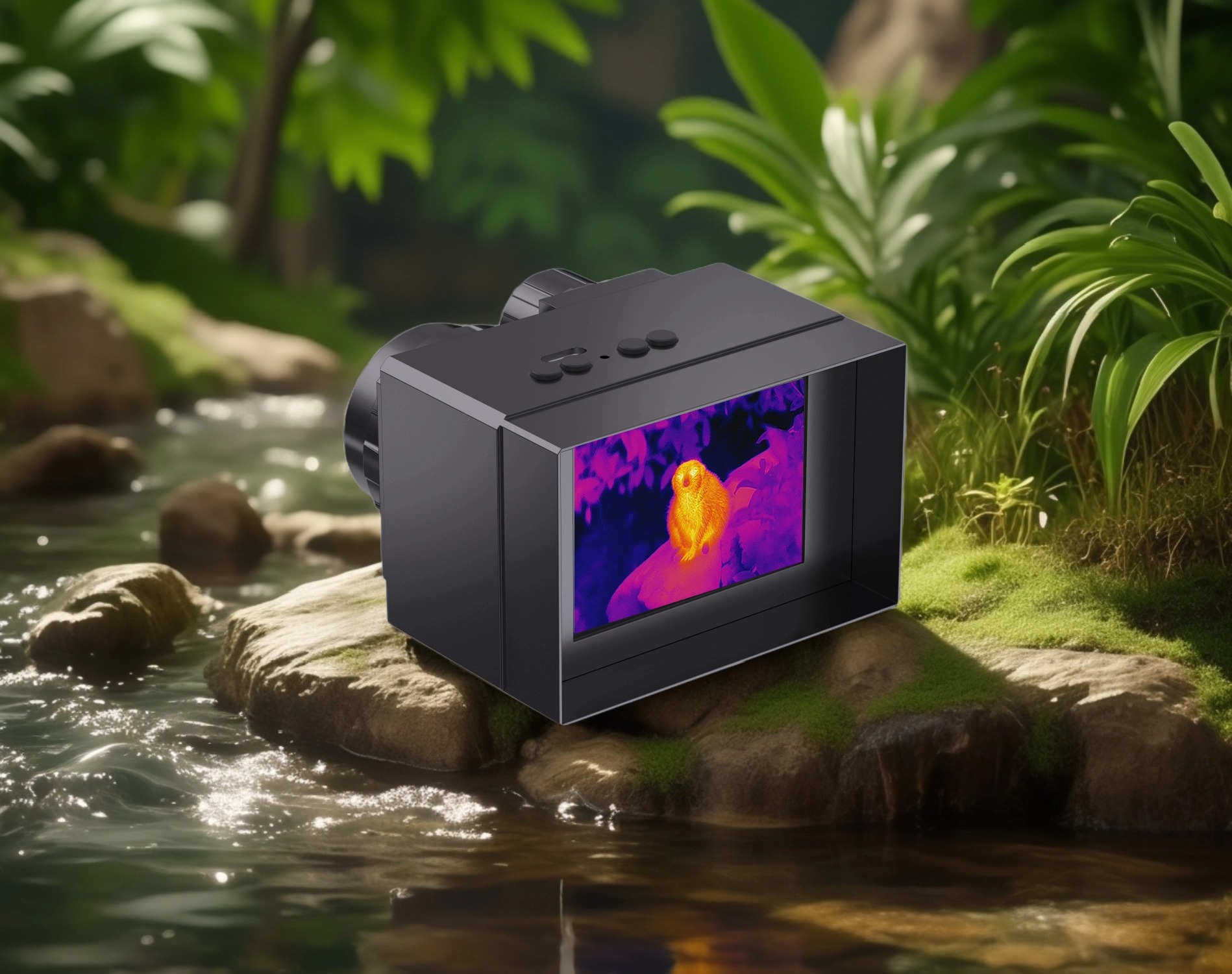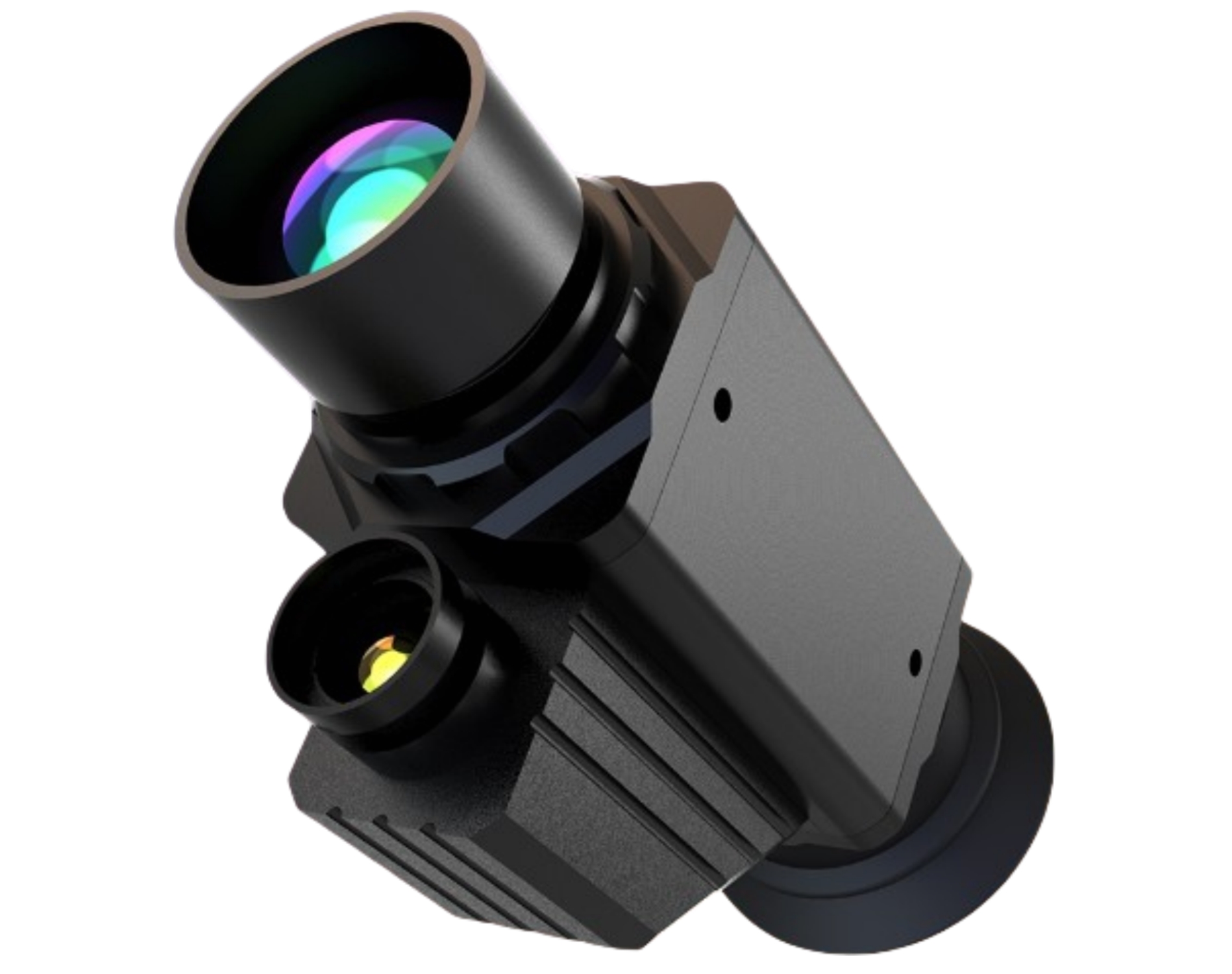Why is thermal vision so expensive?
In recent years, thermal imaging technology has become increasingly popular across various industries. From law enforcement and firefighting to wildlife observation and home inspections, the applications of thermal vision are numerous. However, one common question persists: Why is thermal vision so expensive? This article delves into the factors contributing to the high costs of thermal cameras and imaging equipment.
Understanding Thermal Vision Technology
Thermal vision technology, also known as thermal imaging, allows users to detect and visualise heat emitted by objects. Unlike conventional cameras that rely on visible light, thermal cameras capture infrared radiation, which is not visible to the naked eye. This capability makes thermal cameras invaluable in situations where visibility is limited or non-existent.

The Basics of Infrared Radiation
Infrared radiation is a type of electromagnetic radiation that is part of the electromagnetic spectrum. It is emitted by all objects with a temperature above absolute zero. Thermal cameras use sensors to detect this radiation, converting it into an image that represents temperature variations.
Key Factors Driving Thermal Camera Prices
Advanced Sensor Technology
One of the primary factors contributing to the high cost of thermal imaging equipment is the advanced sensor technology1 required. Thermal cameras use specialized sensors, such as microbolometers, to detect infrared radiation. These sensors are complex and expensive to manufacture, significantly increasing the overall cost of thermal cameras.
Precision Optics
Thermal cameras require high-quality optics to focus infrared radiation onto the sensors accurately. The lenses used in thermal imaging systems must be made from materials that transmit infrared radiation effectively, such as germanium or chalcogenide glass. These materials are not only costly but also require precise manufacturing processes to ensure optimal performance.
Calibration and Testing
To produce accurate thermal images, thermal cameras must undergo rigorous calibration and testing. This process involves fine-tuning the sensors and optics to ensure that temperature readings are precise and reliable. The time and expertise required for calibration contribute to the high price of thermal imaging equipment.
Research and Development
The development of thermal imaging technology involves significant research and development (R&D) costs. Companies invest heavily in R&D to improve sensor sensitivity, reduce power consumption, and enhance image quality. These expenses are often passed on to consumers, driving up the cost of thermal cameras.
The Role of Market Demand in Thermal Imaging Costs
Niche Market Applications
Thermal imaging technology is primarily used in specialised applications, such as military, industrial, and scientific fields. The niche nature of these markets2 means that thermal camera manufacturers produce equipment in smaller quantities compared to consumer electronics. As a result, economies of scale are limited, contributing to higher prices.
Growing Demand and Competition
As the demand for thermal imaging technology increases, more companies are entering the market, leading to increased competition. While this competition can drive innovation and potentially lower prices over time, it can also result in short-term price increases as companies invest in new technologies to differentiate their products.
The Impact of Technological Advancements on Costs
Miniaturisation and Integration
Technological advancements in miniaturisation and integration3 have allowed manufacturers to produce more compact and efficient thermal cameras. While these improvements can lead to cost reductions in the long term, the initial investment in new manufacturing processes and equipment can drive up prices.
Enhanced Image Processing
Recent advancements in image processing technology have significantly improved the quality of thermal images. Features such as higher resolution, better contrast, and real-time video capabilities have made thermal cameras more versatile and effective. However, these enhancements often come at a premium, increasing the overall cost of thermal imaging equipment.
Potential for Cost Reductions in the Future
Economies of Scale
As thermal imaging technology becomes more widespread, economies of scale4 could lead to cost reductions. Increased production volumes can lower manufacturing costs, allowing companies to offer more affordable thermal cameras to consumers.
Continued Technological Innovation
Ongoing innovation in sensor technology, optics, and image processing could result in more cost-effective solutions for thermal imaging. As new materials and manufacturing techniques are developed, the cost of producing high-quality thermal cameras may decrease over time.
Expanding Consumer Market
The growing interest in thermal imaging among consumers, particularly for home use and personal safety, could drive further price reductions. As the consumer market expands, manufacturers may be able to produce thermal cameras at lower costs, making them more accessible to a wider audience.

Our current thermal imaging night vision device has a very high cost performance ratio and the price has dropped. Welcome to consult.
Conclusion
The high cost of thermal vision technology can be attributed to several factors, including advanced sensor technology, precision optics, and the niche nature of the market. However, as demand for thermal imaging grows and technological advancements continue, there is potential for prices to decrease over time. For now, the investment in thermal vision remains substantial, but the unique capabilities and benefits it offers make it a valuable tool across various industries.
Understanding the reasons behind the high costs of thermal cameras can help consumers make informed decisions when considering the purchase of thermal imaging equipment. Whether for professional use or personal safety, the investment in thermal vision technology can provide significant value and insight into the world beyond visible light.
-
Understanding advanced sensor technology can help you appreciate the complexity and cost of thermal cameras. ↩
-
Understanding the characteristics of niche markets can help you grasp the unique challenges and opportunities in specialized fields like thermal imaging. ↩
-
Exploring this resource will provide insights into how miniaturisation and integration can enhance efficiency and reduce costs in technology. ↩
-
Understanding economies of scale can help you grasp how production efficiency leads to cost reductions in thermal imaging technology. ↩
